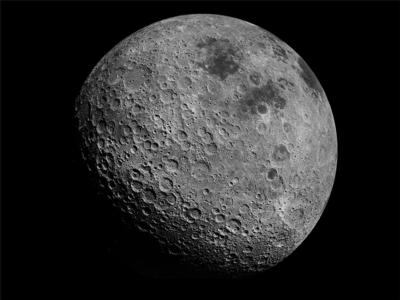The Fruits of Persistence
After a series of inauspicious fits and starts, NASA's Artemis I mission lifted off from Kennedy Space Center in Cape Canaveral Florida on Wednesday 16 Novermber 2022 at 01:48 EST.

Atop United Launch Alliance’s (ULA) 322-foot-tall Space Launch System (SLS) rocket was Lockheed-Martin’s Orion capsule which—pending a successful, Artemis I shakedown cruise—will eventually carry astronauts to the moon.
The planned 26-day Artemis I flight is designed to test both the SLS rocket and the Orion capsule prior to human lives being entrusted to the systems. The spacecraft is currently carrying a set of sensor-laden mannequins by which NASA engineers will study conditions during the flight and measure radiation levels throughout the mission.
During Wednesday morning’s launch, the SLS core stage and its two solid rocket boosters (SRBs) generated a total of 8.8 million pounds of thrust—thereby eclipsing the Saturn V’s 7.5-million-pounds, SpaceX’s Falcon Heavy’s five-million-pounds, and distinguishing the SLS as history’s most powerful functional rocket. The Soviet Union's ill-fated N1 moon rocket generated approximately ten-million-pounds of thrust, but the temperamental contraption flew only four missions—all of them failures. Ergo, it fails to meet the functional prerequisite.

For all its flame and fury, ULA’s great beast of burden borrows heavily from the antiquated Space Shuttle booster system. The SLS’s core-stage comprises four space shuttle main engines, while its Solid Rocket Boosters (SRBs) derive of shuttle-era designs.
Impressive performance figures notwithstanding, the SLS's reign stands to be short-lived insomuch as the Super Heavy booster by which SpaceX’s Starship will imminently be blasted spaceward is slated to produce a launch-pad-crushing 16-million-pounds of liftoff thrust.
NASA's Artemis program intends to utilize Starship as its first crewed lander, relying on the immensely powerful vehicle to safely deliver Artemis III and Artemis IV astronauts to landing sites near the lunar south pole in 2025 and 2027 respectively.
During a pre-launch address to her charges, Artemis I launch director Charlie Blackwell-Thompson remarked: “You are part of a first. They don’t come along very often—once in a career, maybe. But we are all part of something incredibly special: the first launch of Artemis.”

Blackwell-Thompson’s verve was nearly undermined in the final hours of the Artemis I countdown by a hydrogen leak that threatened to delay the launch. With the SLS nearly fully fueled, a small group known as the Red Team deployed to the launchpad to attempt repairing a malfunctioning valve. The team succeeded, in so doing sparing NASA and ULA the ignominy of a third launch scrubbed on account of faulty plumbing.
Orion reached Earth orbit at approximately 02:00 EST. Two hours later, the vessel fired its engines and began a multi-day journey to the moon, around which it will orbit for a period of time measurable in weeks before returning to Earth and splashing down in the Pacific Ocean on 11 December. In all, Orion will travel some 1.3-million-miles over the course of the Artemis I mission.
Orion’s next major milestone is set for 21 November, when the spacecraft will approach within sixty-miles of the moon’s surface.
 ANN's Daily Aero-Linx (12.03.25)
ANN's Daily Aero-Linx (12.03.25) ANN's Daily Aero-Term (12.03.25): CrewMember (UAS)
ANN's Daily Aero-Term (12.03.25): CrewMember (UAS) NTSB Prelim: Maule M-7-235A
NTSB Prelim: Maule M-7-235A Airborne-Flight Training 12.04.25: Ldg Fee Danger, Av Mental Health, PC-7 MKX
Airborne-Flight Training 12.04.25: Ldg Fee Danger, Av Mental Health, PC-7 MKX Aero-News: Quote of the Day (12.04.25)
Aero-News: Quote of the Day (12.04.25)





